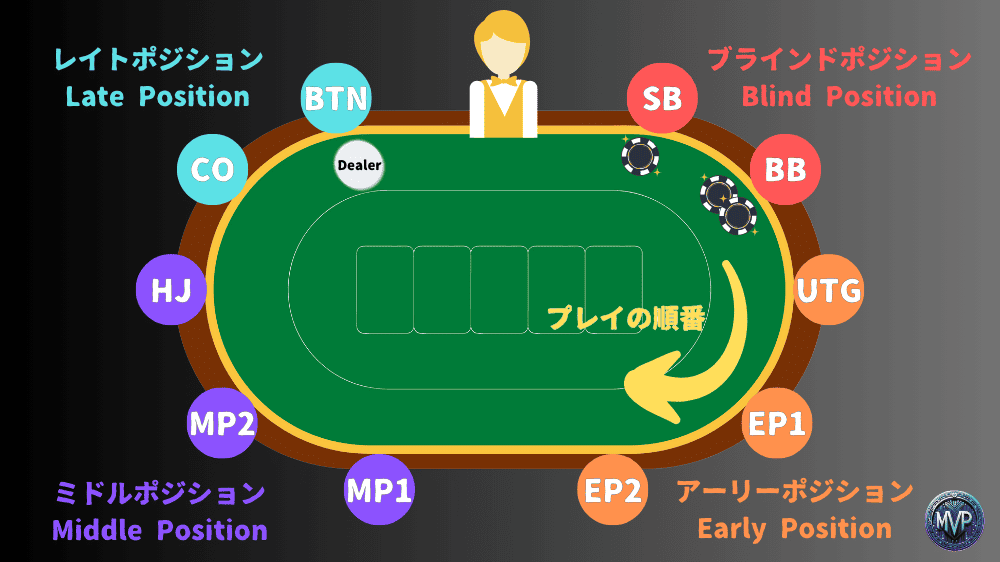Preflop decisions in poker can make or break your game. Especially in tournament play and cash games, the ability to avoid marginal spots and act with confidence is crucial. One of the most effective strategies to improve your preflop discipline is the “Raise or Fold” approach.
By eliminating flat calls and sticking to either raising or folding, you simplify your decisions and avoid tricky post-flop situations with weak holdings. This article breaks down the Raise or Fold strategy, its benefits, and how to apply it across different positions and stack sizes.
What is the Raise or Fold Strategy?
The Raise or Fold strategy involves making only two preflop actions: raise or fold—eliminating limping and calling raises (except in specific advanced situations). The goal is to maintain an aggressive and simplified preflop approach that avoids difficult post-flop spots and keeps you in control of the hand.
This strategy is especially useful for beginners and intermediate players aiming to solidify their fundamentals.
Why Use the Raise or Fold Strategy?
1. Avoids Marginal Hands:
Hands like K9o, QTo, or A7s often get players into trouble. By raising or folding, you cut these from your range unless you’re in a strong position or situation.
2. Simplifies Decision-Making:
No more hesitation between calling or raising. Every hand becomes a clear “raise or fold,” allowing for more confident and quicker choices.
3. Enhances Aggression and Initiative:
Raising puts pressure on opponents and gives you fold equity. You’re dictating the pace, not reacting passively.
4. Builds a Stronger Image:
Aggressive preflop play earns respect and sets up profitable continuation bets post-flop.
Raise or Fold by Position

| Position | Raise Range (Example Hands) | Fold |
| UTG | AJo+, 66+, KQs | Anything lower |
| MP | ATo+, 55+, KQo, QJs | Weak offsuit broadways |
| CO | A9o+, 44+, suited connectors (65s+), KJo+ | JTo, Q9s, etc. |
| BTN | A2o+, any pair, suited connectors, broadways | Low offsuit gappers |
| SB | Raise or Fold with tighter range (e.g., ATo+, 66+) | Avoid limp or flat unless BB is weak |
| BB | Can flat more often due to pot odds, but still emphasize raise/fold when facing limps or weak opens |
Adjusting by Stack Size
- Short Stack (10–20 BB):
Use a Push or Fold approach instead. Ranges tighten, and decisions depend heavily on fold equity and ICM. - Mid Stack (25–40 BB):
Raise or Fold works well. Open tighter under pressure and be cautious against reshoves. - Deep Stack (50+ BB):
You can occasionally flat in position, but Raise or Fold still remains a clean strategy in most situations.
Common Mistakes to Avoid
- Calling from the Small Blind with Weak Hands:
SB is the worst post-flop position. Avoid limping or calling unless you have a solid reason. - Raising Too Wide in Early Position:
Stick to strong, value-heavy hands when UTG or MP. Aggression is good, but controlled aggression is better. - Ignoring Stack Size Dynamics:
A hand like A8s may be fine to raise at 100BB but becomes risky at 20BB.
When to Break the Rule
Raise or Fold is a strong foundation, but there are exceptions:
- Flatting premiums to trap aggressive opponents
- Defending your BB with strong pot odds vs. small opens
- Exploiting specific weak players by calling and outplaying post-flop
Use these deviations wisely and only when you’re confident in your post-flop skills.
Conclusion:
The Raise or Fold strategy offers a clean, aggressive, and disciplined way to handle preflop decisions. It simplifies your game, helps avoid trouble hands, and keeps you in control. Whether you’re a beginner tightening up your ranges or an intermediate player refining your fundamentals, mastering this strategy can significantly improve your win rate.


